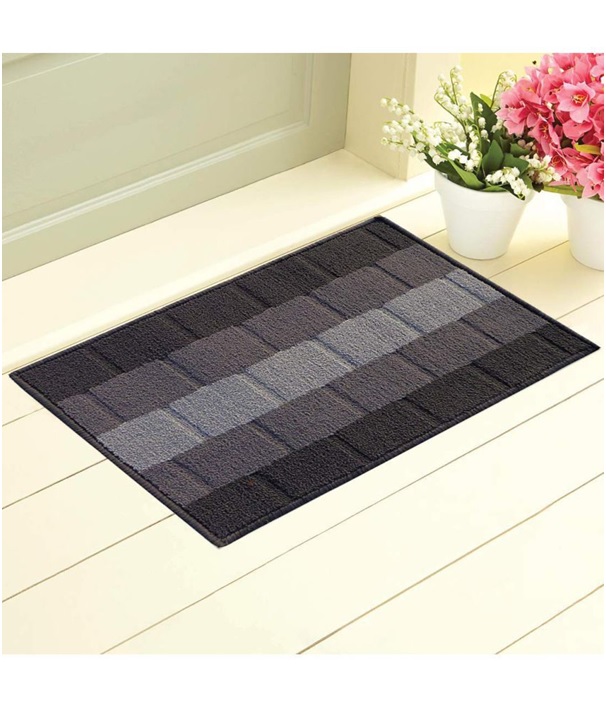When it comes to commercial floor mats, they can be placed both inside and outside of the facility to protect the occupants and the floors. They are used in many different types of facilities like hospitals, schools and retail stores in order to prevent tripping, slipping and other fall accidents. They are also used to protect the floors from liquids, abrasive soils, harsh chemical compounds and oils.
Contents
Why use them?
The major reason behind using a floor mat as mentioned above is to prevent slip and fall injuries and to keep the facility looking at its best. Not all mats perform the same functions and each type has its respective use. A proper matting program greatly impacts how cleaning is performed within the facility and how much it costs the facility. One may also look at the cost of matting which can actually save the money on labor and the floor maintenance cost in the long run. Without a proper matting program, the staff will end up spending more time and money on soil-removing procedures like removing scratches and vacuuming the floor finish.
One should be known that floor mats are not limited to entryways. The commercial floor mats can be placed in areas throughout the facility which are prone to slippery and spilling areas. Some of these areas of high risk are washrooms and cafeterias where sinks/ washbasins and soda machines are available.
Choose the right mat
Entrance Mats
They should be placed both inside and outside of the building entryway. A visitor should be able to take a few steps on the entry matting before they step into the floor. These are mainly 15 feet of matting outside and 15 feet inside the building. These mats are made from olefin, nylon, vinyl, or a blend of different fabrics. They also have some sort of patterns like a diamond ridge, raised waffle or ribbed. Entrance mats mostly have a water dam border to retain the moisture and keep the floor dry.
Scraper Mats
They are heavy-duty mats typically made from rubber and are placed outside of a facility entrance. They should also be used if the facility has an air gap or a vestibule. Rubber floor mats have typically raised surfaces or fingers so that they can scrape moisture, dirt, and other debris off shoes. They are not much affected by oil or grease and help to protect the guests from the slippery hard floor.
Wiper Mats
They are made from tough fabrics like microfiber olefin. These mats are typically used in conjunction of scraper mats to get the best results. They can be placed just inside the entryway to the facility. They are also designed to absorb water and trap small dirt and dust particles. Wiper mats have rubber or vinyl backing to secure the mat so that they cannot move much.
Anti-Fatigue Mats
These mats the designed to reduce the stress on the staff’s legs and feet when they are standing in the same position for a long time.
One can use these in their commercial facilities.

